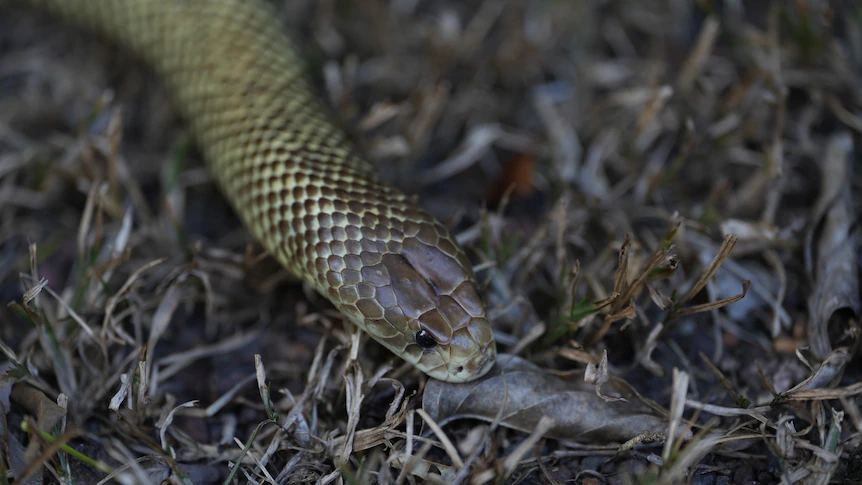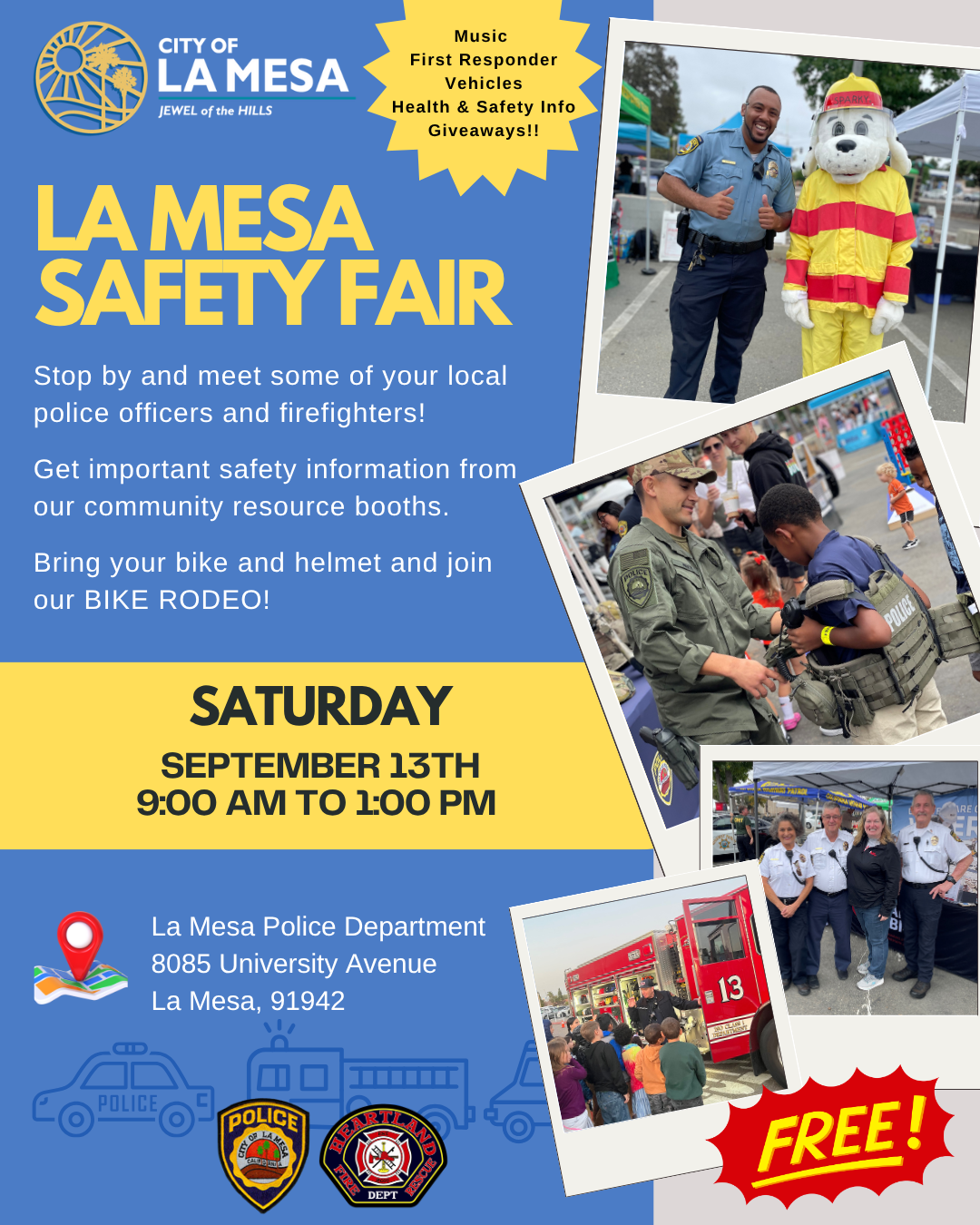By Laetitia Lemke
Copyright abc

No fang marks, blood or swelling, just venom that can end a life before you realise you’ve been bitten.
In the Northern Territory, what you don’t know about snakes can kill you.
Earlier this month, a 41-year-old woman was walking down a suburban footpath in Katherine when she stepped on one.
Without any visible puncture wounds, the woman thought she’d escaped being bitten and kept walking. But just hours later, she would be dead.
About 10 minutes later, she arrived at the Katherine Country Club, where a worker, who has asked not to be named, said she was still checking her feet for bite marks.
“She actually mentioned she stepped on a snake and maybe she got bitten,” the worker said.
“There was no blood, no marks, nothing, and then [we] again asked ‘Are you okay? Are you feeling any different? Did you feel it bite you?’, and she said she didn’t.”
Twenty minutes after signing in at the club, the woman — a Solomon Islands national — collapsed.
“It was devastating,” the worker said.
“[She] just died in our hands, [we] were holding [her] head … giving CPR.
“The third [worker] tied her feet with the bandage.”
Staff continued CPR until paramedics arrived almost 40 minutes after the woman walked in.
St John Ambulance NT remote manager Ben Minchin calls it “a perfect storm”.
“By the time the crew got there, the patient was actually unconscious and in cardiac arrest,” he says.
“The time was lost from the time [she] was bitten to when the call was made to the ambulance.
“I think unfortunately [the woman] didn’t identify that it was a snakebite from the start, and that’s where we have missed the opportunity.
“Time saves lives.”
‘You can be critically envenomed and not know it’
Missing the signs of a deadly snake bite is more common than you might think, according to NT snake catcher Chris Peberdy.
“They can bite you, you can be critically envenomed and not know it,” he says.
“Their venom yield is quite small but it is really toxic, and there is with some species no pain, no swelling and the only time you know you have been envenomed … is when you are critically unwell.”
The snake catcher has responded to more than 4000 call-outs across the Territory over the past 20 years.
“Generally, we see them around the house and inside the house, but snakes can be anywhere,” he says.
“I’ve got snakes from the wings of planes, I’ve got them from inside the hospital, there is nowhere I haven’t caught a snake.”
Mr Perberdy says the vast majority aren’t poisonous, but knowing the difference can be a dicey game.
“The majority of our snake bites in the Territory are avoidable … leave them alone, they’ll leave you alone,” he said.
“This [death in Katherine] is a particularly tragic event, but it is a timely reminder — please don’t underestimate our snakes.”
“If you are bitten, dial triple-0, seek medical help, follow the instructions of the ambulance service.”
Seventh snake bite death in 20 years
The NT is home to all of the nation’s deadliest snake species, except the tiger snake.
While police are still investigating the Katherine death for the coroner, early reports suggest a snake was indeed responsible.
An autopsy is still under way, and experts are expecting to have the species identified in the coming weeks.
Professor of Medicine at Royal Darwin Hospital and the Menzies School of Health Research, Bart Currie, says the woman’s death will be the seventh confirmed snake bite death in the NT in the past 20 years.
One fatality was caused by a sea snake, hauled up with a catch on a fishing trawler in the Gulf of Carpentaria.
Five other fatalities were caused by brown snakes, one of them just 40cm long.
Professor Currie says brown snakes are becoming more common in urban settings and are now thought to be the most common snake in Australia.
“Around Australia, there’s been a change over the last few decades where the majority of deaths in Australia are from brown snakes,” he said.
“With brown snakes, paradoxically, people may not be aware of anything until there’s a sudden collapse.
“That’s the most concerning thing for us, is a collapse which relates to a sudden drop in blood pressure and the person literally becomes unconscious in a very short period of time.”
Professor Currie says that collapse can happen anywhere up to 60 minutes after the bite.
“So this is the most rapid onset, of any of our snakes in Australia, of a life-threatening scenario,” he says.
“Having said that, the brown snakes will move away from a human and will certainly avoid an encounter.”
Two to three bites a week
In warmer weather, Professor Currie says snakes are on the move and bites are dangerously common.
“So, each week, there would usually be a bite presenting to one of the hospitals in the territory and sometimes there might even be two or three,” he says.
“Bites are happening when either someone is picking up a snake, which is always discouraged, or alternatively, if there happens to be just an encounter where the human and the snake come together unexpectedly.”
Professor Currie says prevention is the best medicine, but any potential bite needs immediate treatment — and getting to hospital is key.
“In Australia, we’re very fortunate to have antivenoms to our different snake groups, but we also have what’s called polyvalent antivenom, which has a bit of everything in it, so it covers all of our snakes.”
Professor Currie says the best advice is to buy a good snake bite first aid kit and get training to be able to use it.
In the event of a snake bite or suspected bite, he says to stay as still as possible, bandage the entire area, call triple-0 and wait for an ambulance to come to you.



